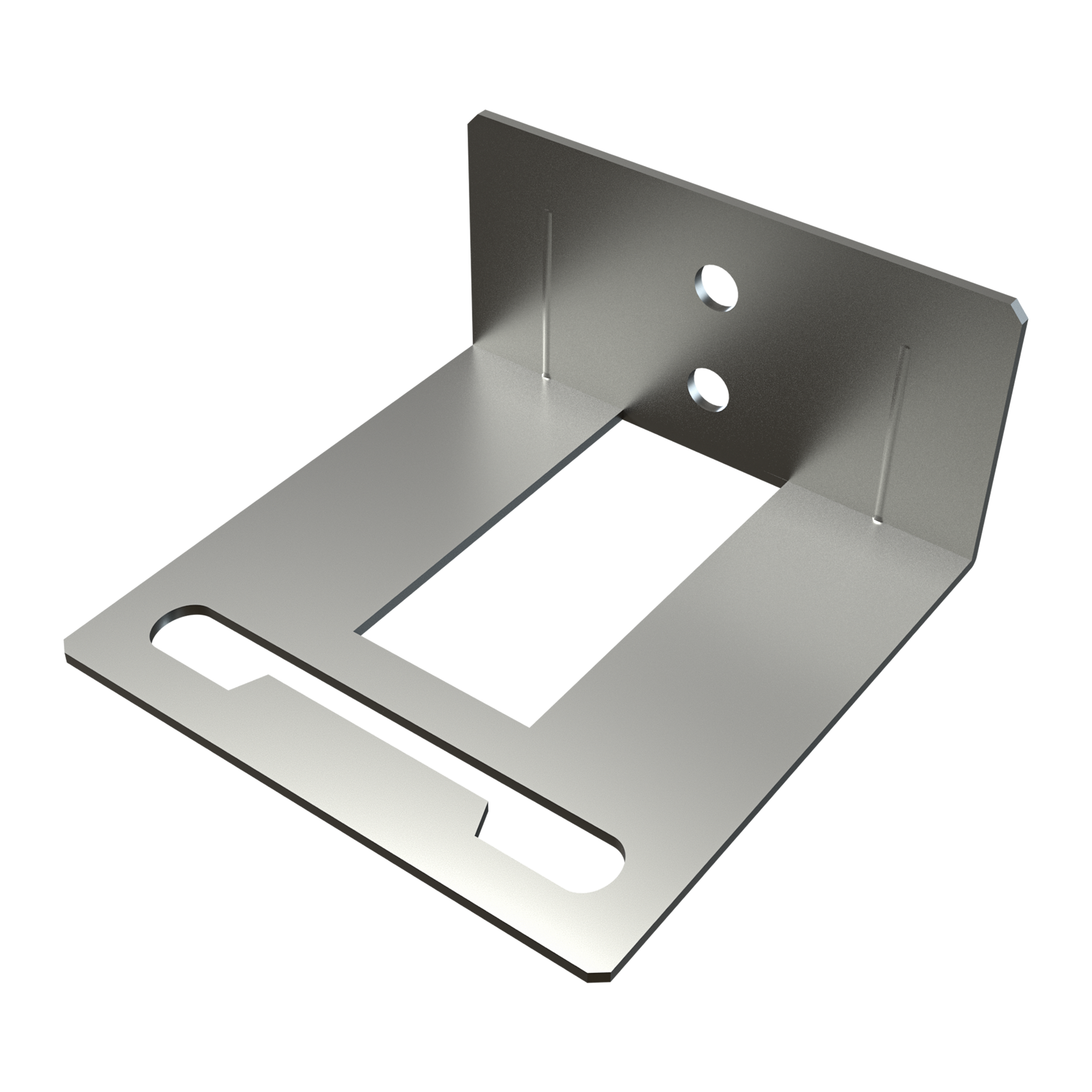
- Mobile Phone
- +8613931874955
- sales@cntcmetal.com
Specifications for Welded Wire Mesh in Concrete Slab Applications and Design
Welded wire mesh is a vital component in the construction industry, frequently utilized in the reinforcement of concrete slabs. Its specifications play a significant role in determining the effectiveness and durability of reinforced concrete structures. Understanding these specifications is crucial for builders, engineers, and architects.
Welded wire mesh consists of a series of longitudinal and transverse wires welded at their intersections, forming a grid-like pattern. This configuration provides excellent strength and stiffness, helping to distribute loads evenly across the slab. The mesh is produced in various sizes and wire diameters, allowing for flexibility depending on the project's specific requirements.
One of the fundamental specifications to consider is the wire diameter, typically ranging from 2.5mm to 8mm. Thicker wires yield better load-bearing capabilities, making them suitable for heavier loads such as industrial floors or heavy-duty pavements. Conversely, thinner wires may be used for lighter applications, such as residential driveways or sidewalks.
Another critical aspect is the spacing between the wires, which can significantly impact the mesh's performance. Common spacing options include 150mm x 150mm and 200mm x 200mm. Tighter spacing can provide increased support for thin slabs and minimize cracking, while wider spacing is more economical for thicker slabs that experience lower stress levels.
welded wire mesh for concrete slabs specifications

Welded wire mesh is also categorized based on its manufacturing standards. The American Concrete Institute (ACI) and other international standards specify various grades and characteristics that must be met. For example, ACI 318 outlines the requirements for welded wire fabric used in concrete, ensuring that it meets certain strength and weld criteria. Adhering to these standards not only guarantees quality but also enhances safety and performance.
When selecting welded wire mesh for concrete slabs, it's essential to consider environmental factors. For instance, areas prone to corrosion may require specialized coatings or galvanized wire to ensure longevity. Additionally, factors such as load requirements, slab thickness, and environmental conditions must be evaluated to choose the appropriate mesh grade effectively.
In summary, the specifications of welded wire mesh for concrete slabs encompass various elements, including wire diameter, spacing, and compliance with established standards. By understanding these factors, construction professionals can make informed decisions that enhance the structural integrity and durability of concrete applications, ultimately contributing to safer and more resilient infrastructures.
share:
-
Your Source for Concrete Wall Ties and Masonry AccessoriesNewsJul.10,2025
-
Unlocking the Power of Iron Wire for Every ProjectNewsJul.10,2025
-
Explore Advanced Chain Wire and Stainless Steel Mesh FencingNewsJul.10,2025
-
Discover the Benefits of Annealed Wire ProductsNewsJul.10,2025
-
Discover China Stainless Steel Wire Mesh SolutionsNewsJul.10,2025
-
Build with Confidence Using High-Performance Masonry AccessoriesNewsJul.10,2025
-
Why Sacrificial Formwork Is Redefining Underground ConstructionNewsJun.06,2025



















